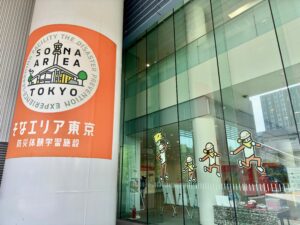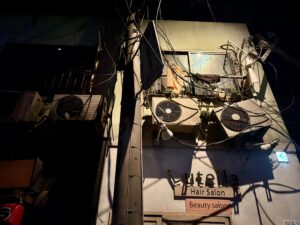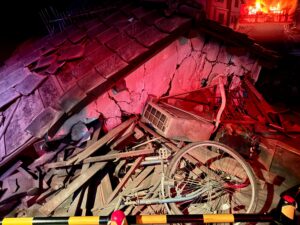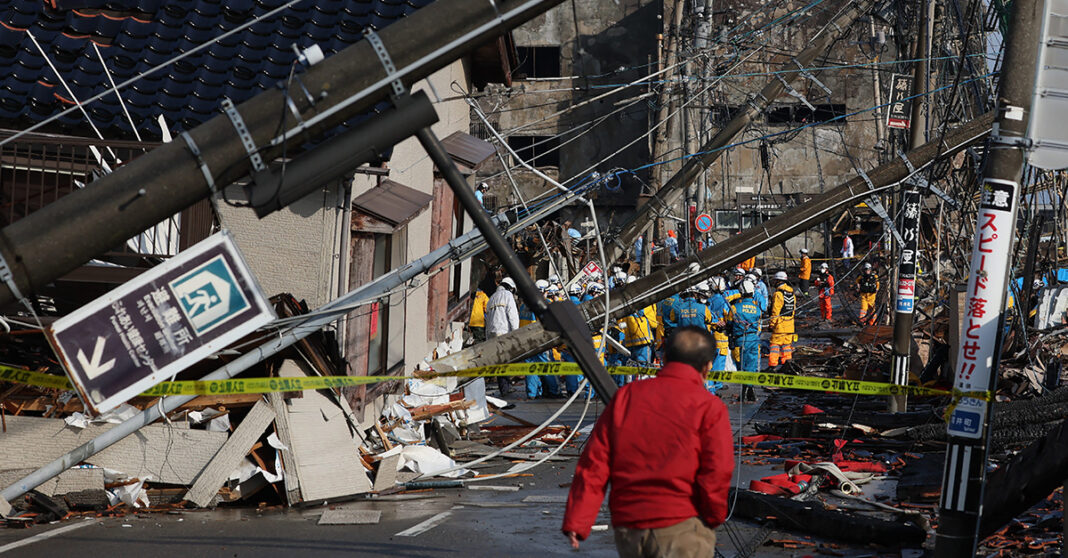As powerful earthquakes rattle Japan’s southern Tokara Islands, Lao students living in the country are confronting the reality of natural disasters in ways they never experienced back home.
Coming from a country where earthquakes are rare and disaster preparedness is still developing, these students now find themselves in one of the world’s most disaster-prone nations, where readiness is not just a policy, but a way of life.
For many, the experience is both eye-opening and sobering, especially as more than 2,000 tremors have struck the region since 21 June, including a particularly strong quake on 3 July that cracked roofs and shattered windows.
While Laos faces growing risks from floods, droughts, and climate-related hazards, public awareness and education on disasters remain limited.
For Vilaysak Hakpasith, a Lao student living in Tokyo, the earthquake swarm has been a wake-up call.
“When I heard about the earthquake in Tokara Island, I felt uneasy as Laos rarely experiences it while Japan frequently does,” he said. “My city wasn’t affected, but it reminded me to catch up on the news and stay aware. Living in Tokyo, I need to stay prepared, check official updates, and understand what to do in case something serious happens.”
Japan has invested heavily in preparation, with strict building codes, nationwide early warning systems, and dedicated public learning centers.
One of the most notable is Sona Area Tokyo, an interactive disaster preparedness facility in the Tokyo Rinkai Disaster Prevention Park. There, visitors go through a 72-hour earthquake survival simulation, learning how to respond immediately after a disaster when help may be delayed.
“During my first year in Japan, around a magnitude 5.0 quake hit early in the morning,” Vilaysak recalled. “My phone gave an alert in Japanese. I grabbed my emergency helmet and ran out. Later, I learned I should’ve stayed inside and opened the door to avoid getting trapped. This kind of guidance is something I never had back in Laos.”
The ongoing disaster has even begun affecting everyday life.
“Since the situation keeps getting worse, some essential supplies, especially rice, have become harder to find in supermarkets,” said Vilaysak. “Prices have almost doubled. The government released rice from reserves to sell at half price, which helps, but it’s still tough, especially for students managing both studies and daily costs.”

Beyond public education, Sona Area Tokyo also doubles as an emergency command center. It is built with seismic isolation, has independent power and water supplies, satellite communication tools, and a helipad. If Tokyo is hit by a major disaster, this center will help coordinate the city’s response.


As earthquakes, typhoons, and floods continue to threaten Asia, Vilaysak hopes Lao communities will take preparedness more seriously.
“Even though we don’t have earthquakes in Laos, we still face floods and strong storms,” he said. “I think it’s time we invest more in disaster education. Japan shows how it can save lives.”
The current crisis in the Tokara Islands proves that natural disasters can strike without warning, and being prepared is the best protection. For Lao students like Vilaysak, the experience is both sobering and empowering. And for Laos itself, it’s a chance to learn from a country that has turned vulnerability into resilience.



